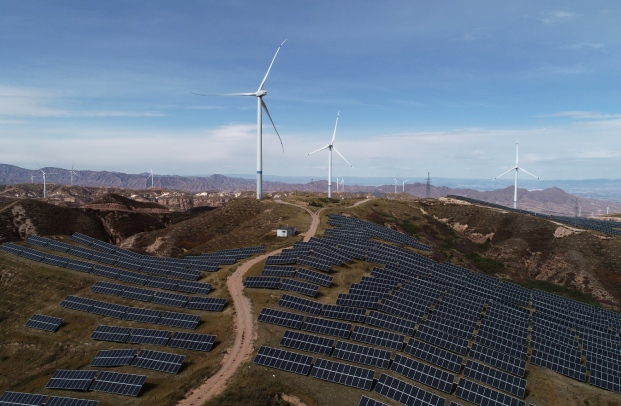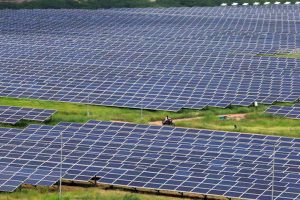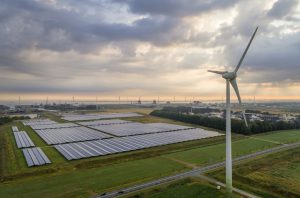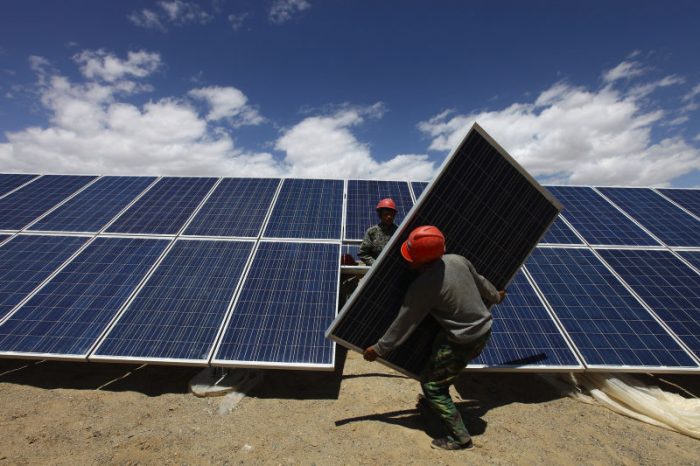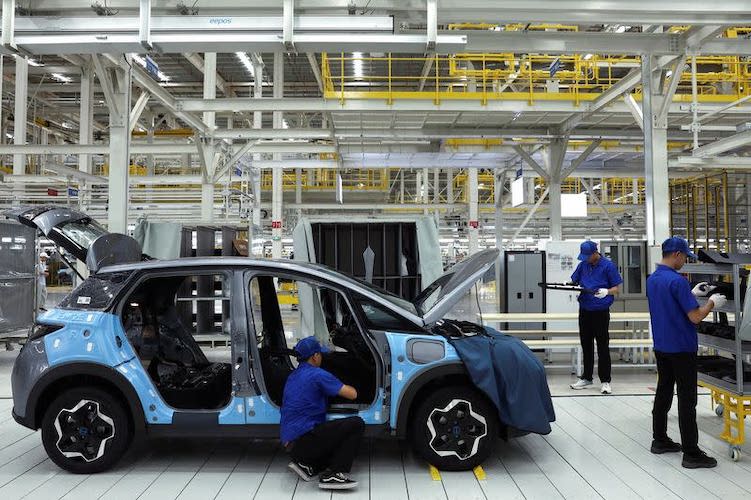The use of carbon capture technologies would be dramatically more expensive and harmful for the planet than simply making a decisive switch to renewable energy by 2050, researchers have concluded in a new Stanford-backed study.
Carbon capture tech is typically deployed in high emission facilities such as oil refineries and power plants, and has been increasingly used by the fossil fuel industry to, as they say, manage emissions.
But the use of the technology has come under increasing scrutiny and criticism with some climate experts saying carbon capture has become an excuse for big polluters to continue their oil and gas expansions.
Also on AF: China’s Fuel Demand Set For Sustained Declines Amid EV Boom
Findings of the Stanford study, published this month, add to concerns around the technology.
“If you spend $1 on carbon capture instead of on wind, water, and solar, you are increasing CO2, air pollution, energy requirements, energy costs, pipelines, and total social costs,” the study’s lead author Mark Jacobson said in a statement.
Jacobson noted that carbon capture tech will remain a far costlier option “even if zero-emission energy systems power the technology deployed to extract carbon dioxide.”
While there are some carbon capture systems that can be net-negative on emissions, most require additional equipment to increase their efficiency of capturing CO2. These additions, effectively, makes the processes energy-intensive.
That is also the case with direct air capture (DAC), a technology that is increasingly becoming popular as a net-negative system, as it can be powered by solar energy.
But according to the Stanford study, this technology can ultimately affect the use of renewable energy for the larger energy transition.
“It’s always an opportunity cost to use clean, renewable energy for direct air capture instead of replacing a fossil-fuel CO2 source, just like it’s an opportunity cost to use it for AI or bitcoin mining,” added Jacobson.
“You’re preventing renewables from replacing fossil fuel sources because you’re creating more demand for those renewables.”
Massive cost difference
The larger, and more significant, finding of the study was the drastic difference in the costs of transitioning to renewables versus increasing use of carbon capture tech.
Researchers claimed that even a complete overhaul of existing energy systems in favour of renewables would be far less expensive.

In a graph shared with the study, researchers showed that a complete shift to renewables (wind-water-solar or WWS) will cost less than $10 trillion. But adding carbon capture to the mix raises the cost by 6 to 8 times, when the impact of associated emissions on public health and global climate is also taken into consideration.
Researchers noted that the scenarios they studied — including a complete switch to renewables — were “unrealistically extreme”, but that the approach was necessary to distill “the climate, health and social costs associated with investing money in carbon capture and direct air capture”.
The scenarios did not account for carbon removal techniques such as sequestration in wetlands, forests, soil, and oceans, they noted.
Fossil fuels — the greater evil
While the Stanford study raises damning questions on the efficacy of carbon capture, it still stands at odds with views from institutions such as the International Energy Agency (IEA) which sees the tech as an essential tool to reach net-zero emissions.
The IEA has said that reaching net-zero would require the world to use “every means available”, while also noting that carbon capture could be crucial to managing emissions from hard-to-abate industries such as steel and cement.
On the other side of the debate, climate activists dismiss carbon capture as a “colossal waste of money” that can end up driving funds needed to combat climate change towards the very industries driving it. Those concerns have found credence in recent months, during which fossil fuel giants such as BP have chased billions of dollars in climate subsidies, all while abandoning their transition to clean energy.
What both sides do agree on is that the world needs to stop using fossil fuels without further delay. The IEA said — all the way back in 2021 — that oil and gas expansion needed to stop immediately.
A recent study has also indicated that continuing expansion of fossil fuel sources could put $557 trillion worth of assets — including human capital — at risk.
Authors of the Stanford study re-iterated those concerns around the continued use of fossil fuel, suggesting that combustion is the key cause of higher costs related to carbon capture.
The Stanford researchers said that if the 149 countries they studied eliminated fossil fuels and biomass combustion by 2050, they could reduce their end-use energy needs by more than 54%.
Annual energy costs would, as a result, decline by nearly 60%, they added.
“You can have the most efficient way of removing CO2 from the air, but that does not change the efficiency of combustion. You’re keeping that inefficient energy infrastructure the same,” Jacobson said.
“It’s much cheaper and more efficient just to replace the fossil source with electricity or heat provided by a renewable source.”
- Vishakha Saxena
Also read:
Spending on Global Energy Transition Well Under What’s Needed
Energy Emissions Set to Peak But ‘Not in Time’ For Climate Goals
Booming Solar Puts 2030 Renewable Energy Goals ‘Within Reach’
Hottest-Ever January Extends Streak Breaching 1.5C Threshold
Floods or Drought: Climate Change Worsens Global Water Woes
Continuing Rise of Methane Emissions Worrying Top Scientists
Oil And Gas Sector Way Off Net Zero Track: S&P Global
Green Investment Hindered by Poor Demand For Low-Carbon Products




